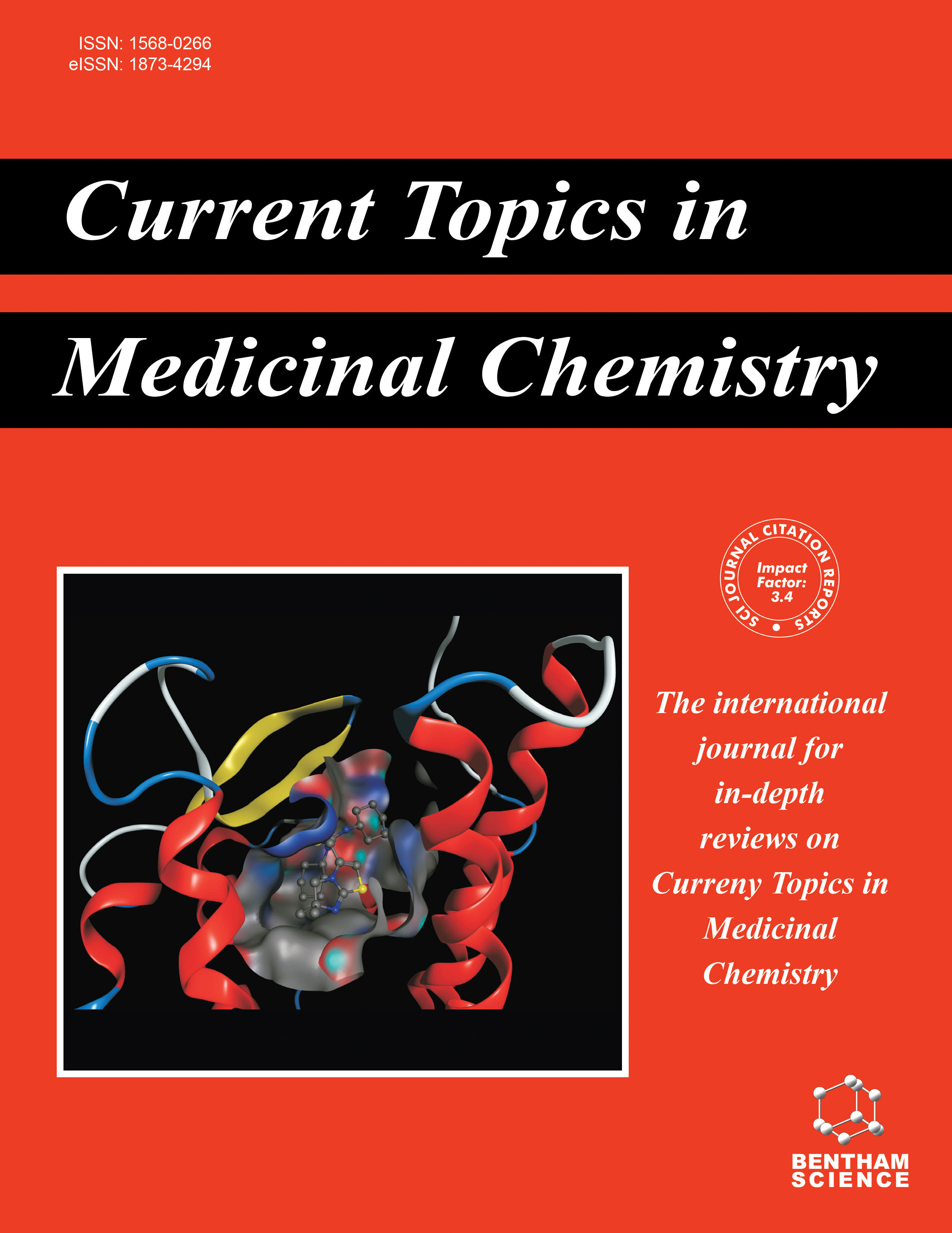
Full text loading...

Piperidines are among the essential synthetic fragments for designing drugs and play a significant role in the pharmaceutical industry. The synthesis of newer derivatives by incorporating different amines paves the way for the introduction of novel drug combinations for current cancer treatments.
The new combinations of 1-(4-bromo-2-(pyrrolidine-1-yl) benzyl) piperidine derivatives were synthesized by adding various amino groups. All the synthesized derivatives were characterized using NMR and LC-MS. The anti-cancer activity of all the synthesized derivatives was studied on three different cell lines, A549 (lung cancer), HCT-116 (colon cancer), and MCF-7(breast cancer), using an MTT assay. The most potent compounds, 7h and 7k were further evaluated for cell cycle and tubulin polymerization inhibitory activity. Further, in-silico analysis for the same properties was performed using molecular docking using MM/GBSA and validated by RMSD.
All the synthesized derivatives showed selective cytotoxic potential against different cancer cell lines. Most of the derivatives displayed comparable anticancer potential in comparison to 5-FU. The most potent derivative, 7h, further arrests the cancer cells in the G2/M phase and prevents tubulin polymerization. The same was further confirmed using molecular docking on the colchicine binding site.
The derivative that arrests the cancer cells in the G2/M phase of the cell cycle and induces depolymerization can be developed as a good lead for further development.

Article metrics loading...

Full text loading...
References


Data & Media loading...
Supplements